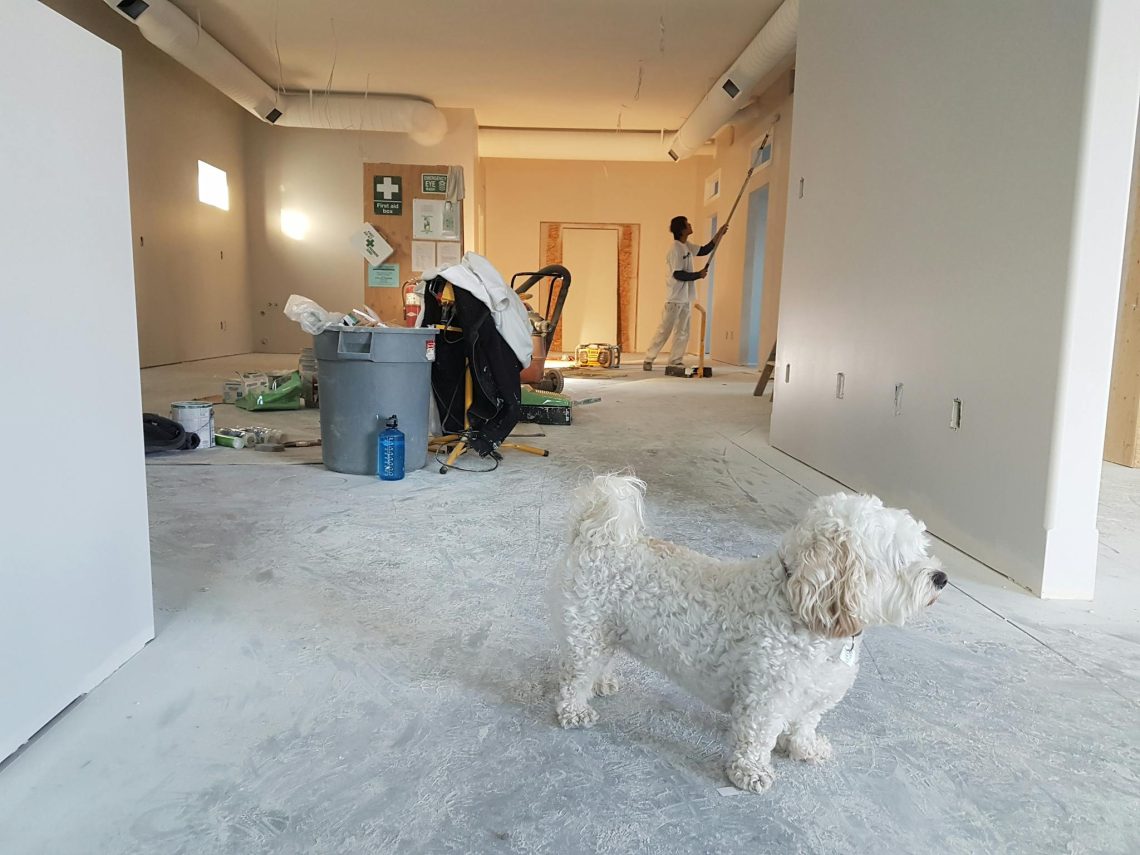1 Your Home.gov: When used in building products or other indoor items, VOCs slowly make their way to the surface of the material and ‘off-gas’ into the surrounding air. Most off-gassing occurs when products are new or freshly installed, after which it lessens dramatically over time. Off-gassing increases with higher temperatures.
VOCs can cause eye, nose and throat irritation, and headaches (and for some people may even contribute to irritable bowel2).
There are 2 main strategies to reduce VOC exposure in the home:
- Stop or reduce the use of products that contain VOCs.
- Look for products certified by Good Environmental Choice Australia, or rated E1 (good) or E0 (best) by the European Emission Standards.
- Look for building products that are pre-dried in the factory or are ‘quick-drying’.
- Use surface-coating products that are water based or classed as containing zero or low levels of VOCs.
- Seek advice from the supplier or manufacturer, particularly if the information displayed on the container is not clear — ask for the product’s material safety data sheet (MSDS).
- Check eco-comparison websites; these can help you select building materials and products with low or zero VOC content refer to References and additional readingfor more information below.
- When adding new furnishings or resurfacing walls and floors, ensure rooms are fully ventilated until the odour reduces considerably or disappears. Open doors and windows whenever practicable. Air fresheners, cleaning sprays, polishes, spray deodorants, and other toiletries are major sources of VOCs and should not be used excessively in nonventilated areas.
References and additional reading recommended by yourhome.gov.au
- Eco-comparison websites
– Australian National Life Cycle Inventory Database.
– Building Products Information Rating.
– Ecospecifier Global
– Environmental Product Declaration Australasia.
– Global GreenTag.
– Good Environmental Choice Australia. - Asbestos Safety and Eradication Agency.
- Asthma Australia.
- Australasian Society of Clinical Immunology and Allergy.
- Australian Government Department of Agriculture, Water and the Environment, Lead in house paint.
- Australian Institute of Architects Practice Notes, Indoor environment quality.
- D’Alessio V (2002). Allergy free home: a practical guide to creating a healthy environment. New Holland, Sydney.
- Environmental Health Standing Committee (enHealth) (2013). Asbestos: A guide for householders and the general public, Australian Health Protection Principal Committee, Canberra.
- Lead Education and Abatement Design Group.
- National Research Council (1981). Indoor air pollutants. National Academy Press, Washington DC.
- Spengler J, McCarthy J and Samet J (eds) (2001). Indoor air quality handbook. McGraw-Hill, New York.

